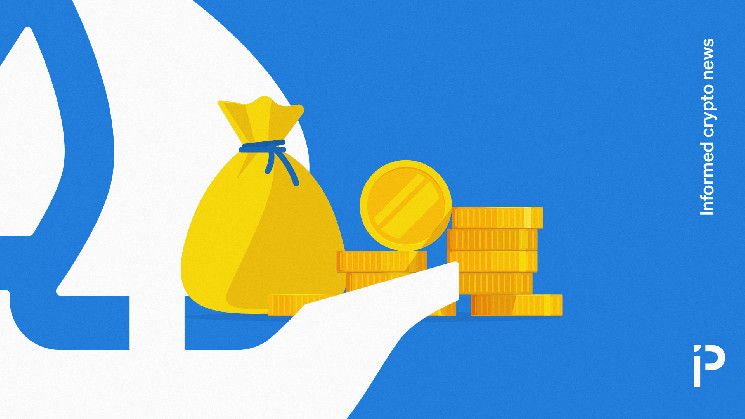NFT
A wash trade of a dead NFT collection made up 6.5% of the daily sales volume on OpenSea yesterday morning. The purchase of the single NFT from the Crop Collection was transacted at 409 ETH valued at around $648,000.
The transaction fee for the purchase was a whopping 10 ETH estimated at around $16,000. Nearly all of the purchases of the NFT collection seem to have been made by a small number of accounts that own only a handful of NFTs apart from this collection.
Wash trading has been a very common feature in the NFT market with some reports alleging that at the peak of the NFT bull market, 80% of the total sales were, in fact, wash trading.
NFT wash traders scammed $9M from unsuspecting newbies last year
Read more: $500M CryptoPunk sale was just wash trading, because of course it was
However, much smaller exchanges than OpenSea have also been large sources of wash trading, namely LooksRare and X2Y2.
The NFT that was wash traded yesterday is now subject to an offer of 0.006 ETH — around $10. Attempting to conceal a highly visible wash trade among a small number of sales (which themselves look dubious) may not be the ideal way to revive the project as traders become increasingly familiar with this kind of fraud.
Wash trading could be crypto’s next big problem
According to a December report from the US National Bureau of Economic Research, illegal wash trading could make up more than 70% of average trading volumes on unregulated exchanges.
“Abnormal first-significant-digit distributions, size rounding, and transaction tail distributions on unregulated exchanges reveal rampant manipulations unlikely driven by strategy or exchange heterogeneity,” the study said.
Shortly after this report was published, billionaire entrepreneur Mark Cuban also weighed in on the issue of wash trading, predicting that it could be the next major problem facing the crypto industry.
Speaking in early January, Cuban told The Street, “I think the next possible implosion is the discovery and removal of wash trades on central exchanges.”
In making his point, Cuban reasoned that there are tens of millions of dollars worth of trades in tokens “that have very little utilization.” Cuban suggested that these types of assets might not be that easy to convert to cash.

